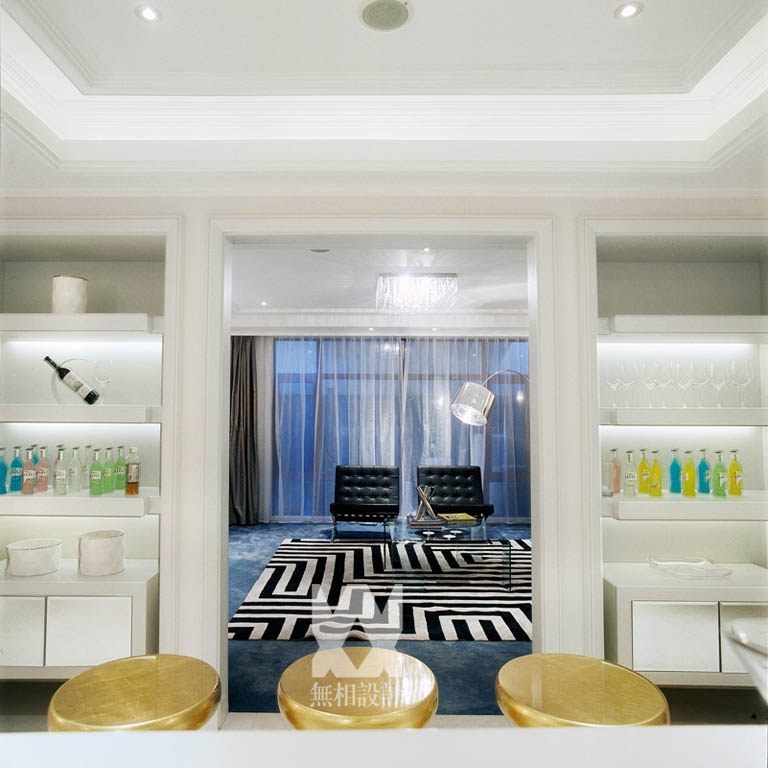Vision Atelier Takehiko Nez Architects
2015-05-15 23:00
架构师提供的文本描述。继2003年翻修这个空间(=Vision)和2010年扩建画廊(=Vision)之后,这一次我们承担了一项新的翻修工作。在设计过程中,在响应偶尔和持续的请求的同时,我们成功地保持了设计思想的一致性。
Text description provided by the architects. Following a renovation of this space (=Vision) in 2003 and the extension of the Gallery (=Vision+) in 2010, this time we took the responsibility for a new refurbishment. While responding occasional and continuous requests in the design process, we succeeded keeping coherence in our design idea.
这个新的空间面向画廊横跨斜花园,通过露台和天窗与现有环境建立关系。外部花园和室内植物的反光镜或折叠聚碳酸酯面板,围绕着独立的座位,使空间更有效率。
This new space faces the Gallery across the slant garden to create a relation with the existing environment through the terrace and the skylight. The outside garden and interior plants are multiplied by reflections in mirrors or the folded polycarbonate panels, and surround independent seats, making space more efficient.
在重新使用现有建筑物已成为设计实践的一个重要方面的时候,在设计扩建或翻新时,需要对现有条件和可能性进行彻底的观察、洞察和想象,甚至比设计新建筑物所需的还要多。最重要的是,不只是简单的设计对象,它已经成为可取的集成到设计,新创建的关系,以回应现有的网站条件。
In a time when the re-use of existing buildings has become an important aspect of the design practice, a thorough observation, insight and imagination, in respect to the existing conditions and possibilities, is needed when designing an extension or refurbish, even more than is required for the design of a new building. Above all, rather than just simply designing objects, it has become desirable to integrate into the design, newly created relations in response to the existing site conditions.
我们设计这种关系的方法是创造空间,恢复我们在户外剪头发时的那种被遗忘的舒适感,比如路边、店面和门廊。
We designed such relations by creating spaces that recover the forgotten comfort of the time when we had our hair cut at the open air like the roadside, the storefront, and the porch.
 举报
举报
别默默的看了,快登录帮我评论一下吧!:)
注册
登录
更多评论
相关文章
-

描边风设计中,最容易犯的8种问题分析
2018年走过了四分之一,LOGO设计趋势也清晰了LOGO设计
-

描边风设计中,最容易犯的8种问题分析
2018年走过了四分之一,LOGO设计趋势也清晰了LOGO设计
-

描边风设计中,最容易犯的8种问题分析
2018年走过了四分之一,LOGO设计趋势也清晰了LOGO设计




























































